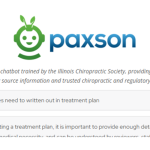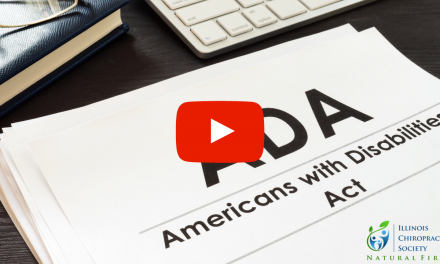
Neural Plasticity, Chiropractic, and Children

The first system of human development is the nerve system. During embryonic formation beginning in week three, the outermost layer, called the ectoderm, becomes the neuroectoderm. Eventually, this will become the neural plate on the dorsal side of the embryo and become the location for the majority of the neurons and glial cells in a mature human. As the development proceeds, the neural plate eventually becomes the neural tube that will form the brain and the spinal cord. This remarkable activity occurs early in human development and sets the stage for every other system in the body.
Neural Plasticity
In chiropractic, we appreciate the role the nervous system has on human health, and we provide proper care for the spine designed to protect the nerve system. Our understanding of the role chiropractic plays in supporting human health has grown appreciably. In particular, recognition of the nervous system and brain’s capacity to adapt has lent further support and value to our care of children. “Neural plasticity” is a term used to describe the adaptability of neural connections forming in the brain and the role of outside influences to change it.
In children, there are approximately 2500 synapses per neuron, and this number will eventually increase to over 15,000 before the nerve system matures fully. Later, when full maturation has occurred, the synaptic output will eventually decrease to approximately 7500 and remain at this level through most of an adult’s life. The decrease is called “synaptic pruning.” Synaptic pruning occurs as pathways not used with regularity are discarded, and solid foundational learning is established in the brain.
Neural plasticity is the ongoing formation of neural pathways and synaptic activity that occurs throughout all stages of human life. At any age, regardless of circumstances, the human brain has been discovered to have the ability to adapt and add neural circuitry, even in cases of brain damage. The intricate neural network has the capacity to extend new neurons into damaged areas. A child who loses his eyesight at age ten develops complex neural connection in his hearing centers and touch receptors. A stroke victim who loses the ability to lift his right hand is able to completely rewire his left hand to write, feed himself, and perform almost everything he did previously with two hands, now with one.
The Need to Monitor Spinal Mechanical Influences
As a result of this intricate system of neural formation that is richly entrenched in the early stages of pediatric development, the need to monitor possible negative spinal mechanical influences is paramount. Slight breaches in motion and concomitant nociceptive activity disrupt signaling. When signaling disruption occurs to the brain, either in the afferent or efferent side of a neural signal, the brain is patterned. With ongoing patterning that weakens a child’s neural development, the likelihood of aberrant plasticity is highly likely. However, regular pediatric evaluations and check-ups by chiropractic doctors help alleviate any guesswork about proper development. If spinal mechanical interference is addressed regularly, there are significantly fewer negative patterning relationships established.
Chiropractic care for children is a powerful and necessary ingredient to help augment the normal neural development of the brain.
Source:
Brain Plasticity: How Experience Changes the Brain: Cherry, Kendra. Neural development (Wikipedia)
Bio: Dr. Bruhl is a pediatric diplomate through the ICA Council on Chiropractic Pediatrics. Dr. Bruhl is executive director of Dreamweaver International, a Northbrook and Kenya based non-profit. Dr. Bruhl is creating an international chiropractic care program and developing healthcare educational curriculum in Africa. When he left full-time practice in 2011, Dr. Bruhl had one of the largest pediatric practices in Illinois with over 40% of his practice devoted to pediatric care. To reach Dr. Bruhl email: dr.bruhl@dreamweaver911.org or visit www.dreamweaver911.org.

















